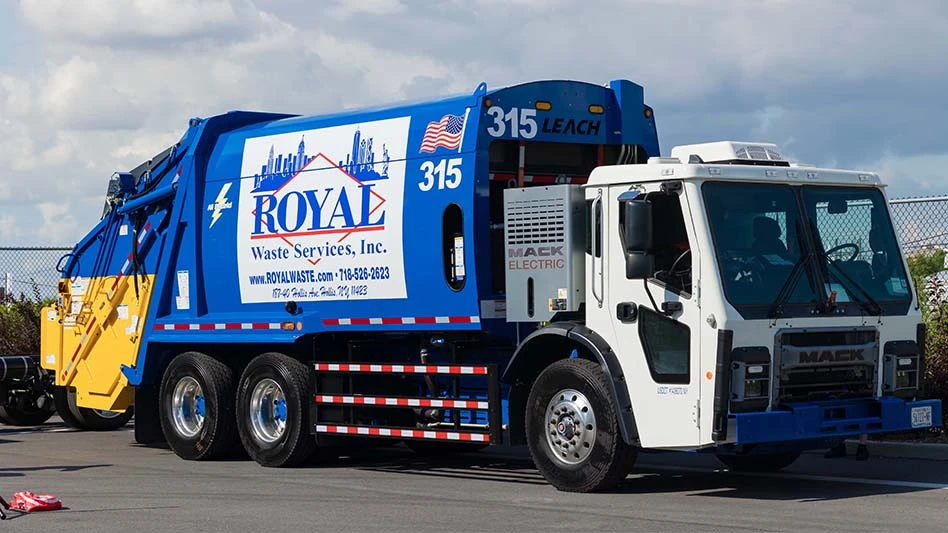
A new study, led by a researcher at the Yale School of the Environment’s Center for Industrial Ecology and published recently in the Journal of Industrial Ecology, has found that the total mass of electronic waste generated by Americans has been declining since 2015.
According to Callie Babbitt, a professor at Rochester Institute of Technology’s Golisano Institute for Sustainability and one of the study’s authors, the biggest contributor to this decline is the disappearance of the large, bulky cathode-ray tube (CRT) televisions and computer monitors from American homes.
Since about 2011, CRT displays have been on the decline in the waste stream, helping to lead the overall decline in total e-waste mass. This decline in bulkier displays means that e-waste regulations may have to be rethought, says Babbitt.
“If you look at the state laws that exist in many places for e-waste recycling, many of them set their targets based on product mass,” she says.
As the overall mass of e-waste declines, meeting those targets becomes more difficult. Moreover, the main goal of these regulations had been to keep electronics with high levels of lead and mercury out of landfills, where they can eventually leach into the surrounding environment, says Babbitt.
But these days, a more pertinent concern is how to recover elements like cobalt (used in lithium-ion batteries) or indium (found in flat-panel displays). These elements aren’t as environmentally toxic; rather, they are relatively scarce in the Earth’s crust, so failing to recapture them for reuse in new electronics is wasteful.
“The e-waste recycling system is somewhat backwards-looking,” says Babbitt; it has struggled to keep pace with the changing nature of electronics.
Shahana Althaf, the lead author on the study and a postdoctoral associate at the Yale Center for Industrial Ecology, notes that a shift in e-waste recycling to capture more of these critical elements could also help the United States secure its supply of the ingredients required for manufacturing electronic devices.
Geopolitical uncertainties can pose threats to what Althaf terms “mineral security” for the U.S.
“People are slowly realizing... the need to ensure domestic supply,” she says. Rather than mining the ore from the Earth’s crust, capturing the elements from electronic waste could instead provide these crucial elements. In addition to mineral security, this would reduce the environmental destruction that traditional mining often entails.
The sheer number of electronic devices entering the waste stream is also leveling off or slightly declining, Babbitt and Althaf say. This is due to something that Babbitt terms “convergence,” where gaming consoles, for example, can act as DVD player and smartphones are also cameras and video recorders. In the past, people needed separate devices for each of those applications, Babbitt says.
Latest from Waste Today
- US Senate backs reduced cuts to EPA
- Waste Connections announces Q2 results
- Returnity and Cosmoprof to address reusable bag waste
- SWANA releases report on aging WTE facilities
- New economic assessment reveals cost benefits of California’s SB 54
- Premier Truck Sales & Rental opens new facility
- TeknTrash Robotics, Sharp Group partner on humanoid robot pilot
- Stadler equips mixed waste sorting plant in Sweden





